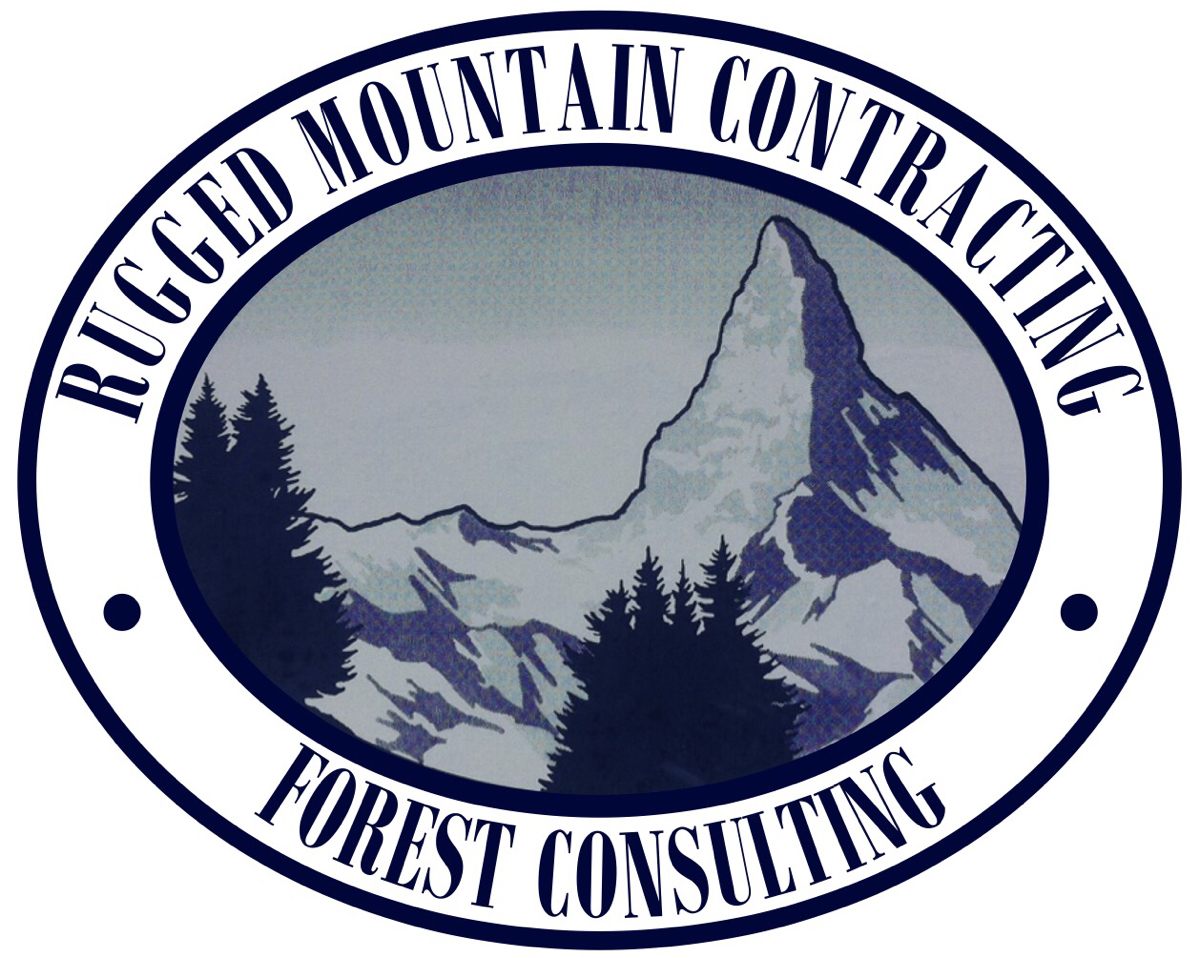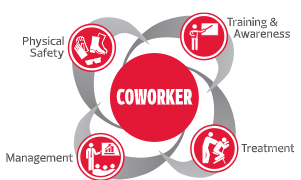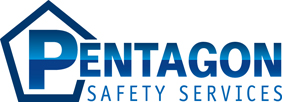Title Page
-
Job Task
-
JSA#
-
Date Audit Conducted
-
Audited By
-
Location
JOB SAFETY OBSERVATION SAFETY COACHING CHECKLIST
-
INSTRUCTIONS:
----------------------
1. Answer all the questions provided.
2. Add photos and notes by clicking on the paperclip icon, if applicable.
3. To add a Corrective Actions click on the paperclip icon then "Add Action", provide a description, assign to a member, set priority and due date.
4. Complete audit by providing digital signature.
5. Share your report by exporting as PDF, Word, Excel or Web Link.
Safety Audit Proper
-
1.1.1 Identify and address any wet/slippery surfaces prior to entering or exiting the cab. Climb in/out of cab using 3 points of contact at all times.
-
1.1.2 Ensure you have proper footing - verify no trip hazards are present. Address any wet/slippery surfaces to ensure mitigation of slip hazards. Use proper tools to remove hazards such as ice melt, shovel, brushes, etc.
-
1.1.3 Wear slip resistant boots. Use traction control devices in icy and snowy conditions.
-
1.1.4 Ensure walking surface is clear of debris or obstacles to include product and debris.
-
1.1.5 Use flashlight/headlamp in low light conditions.
-
1.2.1 Inspect bottom of trailer for potential cut hazards and be aware of surroundings when working in tight area.
-
1.2.2 Wear gloves provided.
-
1.3.1 Put landing gear into low gear. Verify ease of movement of handle. Verify landing gear is clear of ground. Put in high gear and crank landing gear into the highest position from the ground. Secure landing gear handles in holder.
-
1.3.2 Wear reflective vest to increase visibility to other vehicles.
-
1.3.3 Be aware of surroundings. Watch for traffic around truck.
-
1.4.1 Always use gloves when operating glade hands and kingpin. Always keep hands and limbs away from moving equipment.
-
1.5.1 Leave area of suspicious activity immediately. Report to safe area.
-
1.5.2 Notify night dispatch if authorities are necessary.
-
2.1.1 Identify and address any wet/slippery surfaces prior to entering or exiting the cab. Climb in/out of cab using 3 points of contact at all times.
-
2.1.2 Ensure you have proper footing - verify no trip hazards are present. Address any wet/slippery surfaces to ensure mitigation of slip hazards. Use proper tools to remove hazards such as ice melt, shovel, brushes, etc.
-
2.1.3 Wear slip resistant boots. Use traction control devices in icy and snowy conditions.
-
2.1.4 Ensure walking surface is clear of debris or obstacles to include product and debris.
-
2.1.5 Use flashlight/headlamp in low light conditions.
-
2.2.1 Check gauges frequently.
-
2.2.2 Ensure clear visibility through windows and mirrors.
-
2.2.3 Fasten seat belt.
-
2.3.1 Ensure proper practice of defensive driving techniques while in route. Please reference the defensive driving brochure.
-
2.4.1 Enter lot slowly, headlights on, flashers on. Ensure adequate room to safely maneuver vehicle.
-
3.1.1 Park in well lit area and survey the area for suspicious activity. Lock your truck when exiting cab. Ensure branch door is locked prior to entering. Carry your cell phone. If branch door unlocked call 911 and return to cab. Use and understand security procedure.
-
3.1.2 Wear personal alarm and safety vest
-
3.1.3 Keep branch and truck keys on you at all times. Ensure keys are not left in the ignition or in the door keyhole.
-
3.2.1 Ensure you have proper footing - verify no trip hazards are present. Address any wet/slippery surfaces to ensure mitigation of slip hazards. Use proper tools to remove hazards such as ice melt, shovel, brushes, etc.
-
3.2.2 Wear slip resistant boots. Use traction control devices in icy and snowy conditions.
-
3.2.3 Ensure walking surface is clear of debris or obstacles to include product and debris.
-
3.2.4 Use flashlight/headlamp in low light conditions.
-
4.1.1 Ensure proper use of lifting techniques while handling and moving product/composites. Ensure proper use of pallet jacks and forklifts while handling materials.
-
4.1.2 Ensure you test the load prior to handling and do not physically handle large bulk product without the use of a mechanical aid such as forklift, pallet jack, or hand truck.
-
4.2.1 Use the slip, trip, fall checklist to perform initial assessment and condition of the area. Use situational awareness and address all hazards prior to starting work. This includes unloading composites, moving product, operating lift, etc. Address and clear slippery or wet surfaces and areas with debris prior to working in and around the area.
-
4.2.2 Properly plan movement of composites on rear of trailer. Ensure 2 foot safe distance from end of trailer loading area to prevent falls. Use ladder and 3 points of contact to enter and exit rear of trailer.
-
4.2.3 Always ensure well lite working area through use of overhead lighting, flashlights, headlamps.
-
4.3.1 Identify and address loose product that may have shifted in transport. Slowly maneuver materials around trailer and store. Make sure path of product movement is clear with at least 6 foot width and large enough to safely maneuver pallets, composites, boxes, and totes.
-
4.4.1 Always be aware of your surroundings and utilize hand protection when handling materials. Keep hands and limbs clear of moving parts or loads with the potential to shift when handling.
-
4.4.2 Stay clear of opening and closing doors and docks. Stay clear when lifting and placing product loads to include pallets and composites. Keep hands and use proper equipment to handle lift gates, dock plates, overhead doors, tailgates, and trailer doors.
-
4.5.1 Inspect all equipment prior to using. Inform dispatch of any equipment malfunctions immediately.
-
5.1.1 Ensure branch door is locked and alarm is reset upon exit.
-
5.1.2 Be alert to any suspicious activity. Leave area of suspicious activity immediately. Report to a safe area.
-
5.1.3 Notify night dispatch and authorities if necessary.
-
5.1.4 Turn off overhead lights only after you have checked the area for suspicious activity.
-
5.2.1 Ensure you have left no hazards in operational area such as debris, unsecured product, damaged property.
-
5.2.2 Ensure use of flashlights or headlamps. Identify and address floor hazards such as product, wet surfaces, while navigating store location, including parking lot.
-
5.2.3 Identify and address any wet/slippery surfaces prior to entering or exiting the cab. Climb in/out of cab using 3 points of contact at all times.
-
5.3.1 Always use gloves when operating glad hands and kingpin. Always keep hands and limbs away from moving equipment.
-
6.1.1 Exit lot slowly, headlights on, flashers on. Ensure adequate room to safely maneuver vehicle.
Feedback
-
Is there a feedback provided?
-
Feedback Session Details
Completion
-
Verified By: (Name & Signature)










